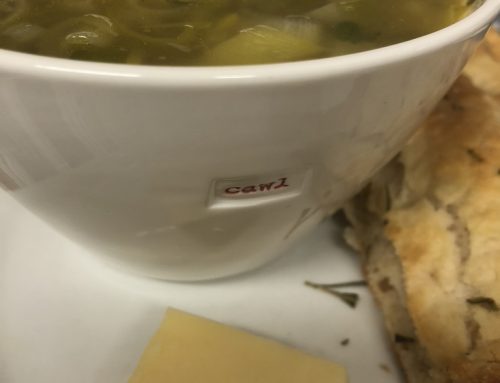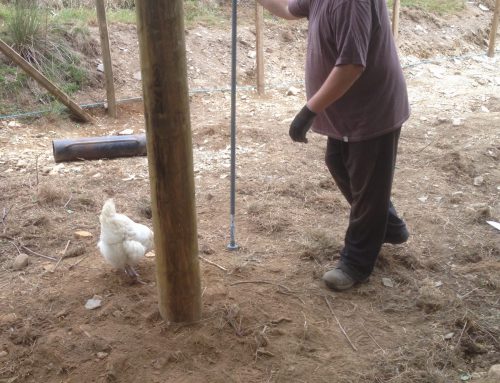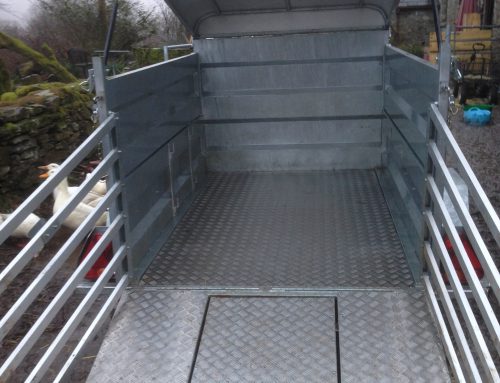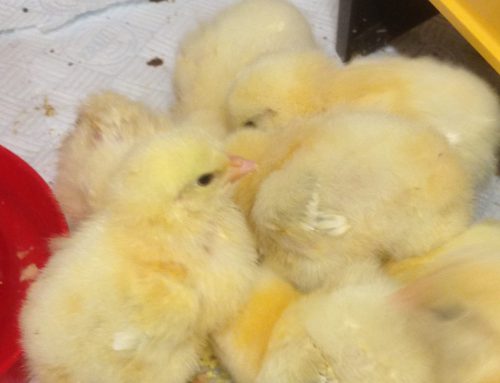When I sat down to sum up the past 2 years I found an unpublished post from exactly a year ago:
“Whenever we leave the smallholding and return to what we call the old world, family and friends comment that we look well and ask if we are enjoying our new life and have any regrets. Without hesitation we both say, “No regrets”. On return we take deep breaths and enjoy renewed passion in the quest for self sufficiency. There was a TV series called No Going Back (advertised as an insight into the reality of what life is really like away from the daily 9 to 5). It was a programme that focused on new lives abroad but we watched it a few times. We haven’t moved abroad only from England to Wales but to some people we know we may as well have. We had fallen in love with this area from holidays with the dogs and even spent the Christmas before we moved here on the west coast near our favourite Cardigan Bay beach as we didn’t want to be anywhere else. Definitely no going back.”
Becoming smallholders is one of the best decisions we ever made. We can say that without hesitation despite the ups and downs. Before our move we had found ourselves (for a number of reasons) wanting to put into action our dream of retiring to a smallholding a little earlier than originally planned. We wanted to stop living for tomorrow and start living for today. Like many of our friends and family we had managed to get caught up in the routine of going to work Monday to Friday and then trying to pack life into the evenings and weekends. We both enjoyed our day jobs and the work was not itself the issue; it was the poor work-life balance which had us leaving home early each weekday morning and coming home late, eating dinner and going to bed. Barely making ends meet and feeling drained all the time.
Our vision of an idyllic country life of growing our own fruit and vegetables while raising animals for dairy, eggs and meat is pretty much realised now, two years on. We don’t have the dairy side of things in place yet, but we have bottle-fed two ewe lambs for the past couple of months and we may try milking them if we decide to lamb them next year. We have chickens, ducks, cows, pigs and lambs. With bees and goats, on the list for next year. We still work long days but we are working for us and we reap the rewards of our hard work as we watch our animals thrive and our fruit and vegetables grow.



Dave says that these past two years have not necessarily been the best 2 years of our lives but have been the most exciting and he wouldn’t change a thing (well with the possible exception of having the unsightly rusting heap that was two caravans gone). We are more comfortable with ourselves and more relaxed in our environment. We have had many magical moments in the past 24 months; sampling our own produce; bacon, steaks, homemade bresaola (cured beef) on freshly baked potato bread, watching chicks and ducklings hatch from their eggs in our incubator, bottle-feeding baby lambs, eating our own salads, vegetables and fruits (especially the cherries and strawberries) and simply being physically exhausted from a day working our land but satisfied with the results.



In fact, we don’t feel the need to leave our property very often. Once a week we go shopping for animal feed and bits we don’t produce ourselves (yet), we do make the occasional visit to our amazingly supportive neighbours and currently once a month to Denmark Farm for a great course A Year to Grown Your Own gaining handy hints and tips from Malcolm (RHS trained horticultural expert) helping us to improve our growing skills and knowledge of plants, pests and beneficial insects. We grow without pesticides or chemical fertilisers. Everything is natural and when we encounter a pest we either sacrifice those plants to the pest, attempt natural remedies or encourage something that eats that pest – chickens and ducks love slugs and snails. This year we have tried using a biodynamic calendar for the first time which involves working with plants when the moon is favourable. This may sound like mumbo jumbo, but many studies into growing plants have shown that (like with the tides) the moon has a great influence. Planting at the right time in the lunar cycle can result in plants that are more vibrant/resistant to disease and increase yields of fruits and vegetables. From our perspective it has helped us to organise our sowing and transplanting as the calendar is divided into flower, fruit, leaf and root days along with unfavourable days (for not doing any gardening but planning the next crop over a cuppa). We have widened our scope on vegetables this year including artichokes, celeriac, squashes and aubergines.



We both have contract work which keeps us in the office for a number of hours each week. Sometimes more than we would like when the list of farm chores piles up but the income helps us tackle the bigger jobs and get help in where needed. The difference now is that we are surrounded by nature, our home nestled in our land, and we don’t have a frustrating 8 mile commute that takes nearly an hour in each direction. The view out the window is chickens scratching about or ducks sleeping in bushes (head tucked under wing). Sometimes its a wayward lamb testing the fencing and appearing the wrong side of a gate eating the nasturtiums you grew from seed and just planted out the day before. Fencing is an ongoing job, fixing holes or fencing off areas of land for pasture management. Some animals are born to test fencing weaknesses, lambs are exceptionally good at it.
When we turned the key in the lock of this house 2 years ago, we were pleasantly surprised by the size of the property. We had forgotten in the two months between our offer being accepted and the sale completing just how big the welsh long house was. Built in the 1890s from local stone it was very cold our first winter here but we have replaced the air source heat pump (which made the radiators lukewarm at best) with an oil-fired boiler which works a treat and cut down our electric bill (although oil is not cheap). We also replaced the old poorly-performing log burner with a new efficient model making our home more comfortable on those cold evenings. The overgrown rough grazing which was predominately brambles, fern, rushes, reeds, and willow herb has become a combination of grasses, wild flowers and ferns with less brambles, rushes and reeds. As we walk around we see more grasses and plant diversity all over the farm. Many uprooted or decaying trees have been felled, chainsawed into rounds and chopped into logs for the fire. In their former shadow, shrubs and bushes are blooming in glorious colours.



In March, with Liam Jones (one of our neighbours) we prepared an area of our hillside for a willow bed. We cleared the land as best we could, laid down an 8m by 25m silage sheet (in high winds) ready for planting 10 inch Willow cuttings. The Willow sticks/cuttings were pressed through the silage sheet about 8 inches down into the ground. The idea being that the sheet will inhibit competition from wild plants and protect the young willow plants for the first couple of years. Stones and tyres were used to weigh down the silage sheet but we did forget to tell the ferns not to grow up under the sheet – some plants are very persistent. We planted 210 willow sticks (70 each of 3 different varieties) but only 30 willow plants of one variety are growing. Not a total disaster, if these plants continue to grow we will be able to take cuttings next spring and plant those on. This was the first step in a five year plan to grow willow for fuel once the wood store has been depleted. By the time the original willow plants are 5 years old, they will be perfect log size.
We have had some difficult times, unforgiving weather flooded the property back in October, ripped trees out of the ground and subzero cold has frozen our water supply. By far the worse experiences we have had were taking the pigs to slaughter in January, our highland steer Dodger in March and despatching 8 cockerels (two back in April and the other 6 this week). Taking the life of an animal, even one you have raised knowingly for meat, is not easy. We have made a conscious decision to do this and we know our animals have had the best life we can give them, free range and loved while in our care. There have been sleepless nights and feelings of guilt at the sight of the empty stable, bay in the barn or pig run. It hasn’t stopped us eating the meat. We are thankful and respectful when we do so. I can’t begin to explain all the thought processes and reasoning behind this. The slaughter of the cockerels this week has affected us both. A combination of being the most recent and their deaths being more intimate; they hung in the stable where their necks were broken by hand, then feathers plucked (quite badly) and hung in the sun room (which is actually colder then any other part of the property) and finally they were dressed in our kitchen. The farm is quiet without them.



What’s next? We have just submitted a planning application to demolish the old garage and generator shed and create an additional living space which we will move into while gutting out the house, digging up the floors and insulating the stone walls. We want a more energy efficient home that won’t cost us the earth when the contract work eventually dries up. When the main house is done, we will also have a comfy place for our visitors to stay. It will mean hard work and difficult times ahead, but with all things smallholdery it will be worth it in the end.




